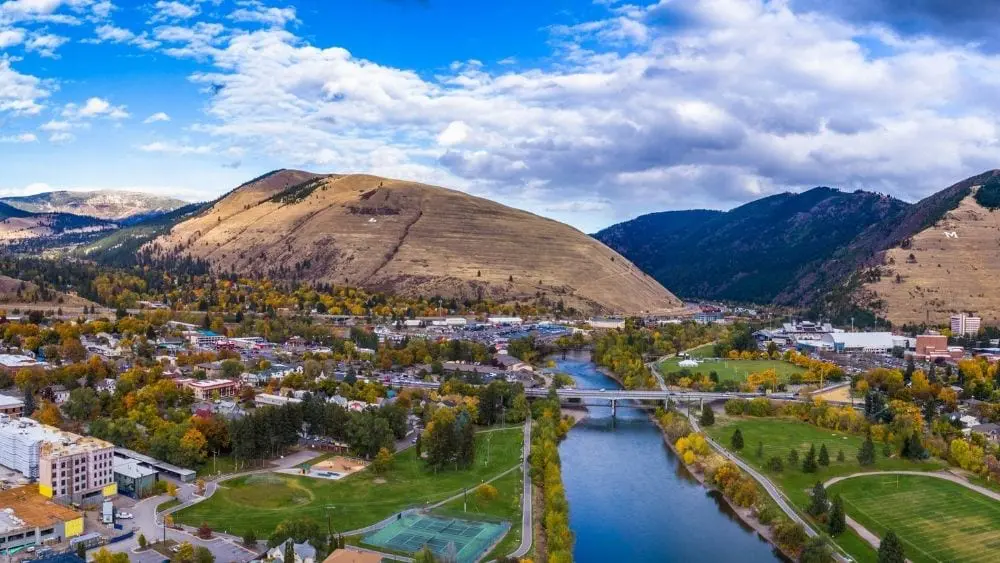
Montana is home to some of the country’s most stunning landscapes and gorgeous natural views. The state is practically made for recreational sports enthusiasts, hosting every activity from snowboarding to waterskiing. When it comes to building a new home, Montana is a great place to settle down and enjoy life’s finest moments, whether you have a young family, are retired, or you’re just starting a new chapter of excitement and adventure.
According to data sourced by HomeAdvisor, the average cost to build a home in Montana is $298,960. Actual cost will vary, of course, depending on location, size, and design. This average is a bit higher than the U.S. national average cost to build a new home.
When it comes to building a new home in Montana, it is natural to feel some anxiety and initial stress. The homebuilding process may feel overwhelming for anyone just dipping their toes into the world of design and construction. To get acquainted with the process of building a home in Montana, here are some helpful tips to keep in mind as you begin designing and planning your dream home.
Construction Process
The average time frame for building a new home in Montana is seven to eight months. This estimate depends on the design, permitting process, and any required site preparation. For a fully customized home, the timeline will likely stretch a year or longer. A construction-ready lot, on the other hand, may require less time.
Here are the key steps for building a new house in Montana.
Buy Land
In 2021, the average cost for land in Montana reached a record high of $2,115 per acre. Depending on the geographic location, amount of land, and access to utilities, the price could vary quite a bit.
Select a Builder
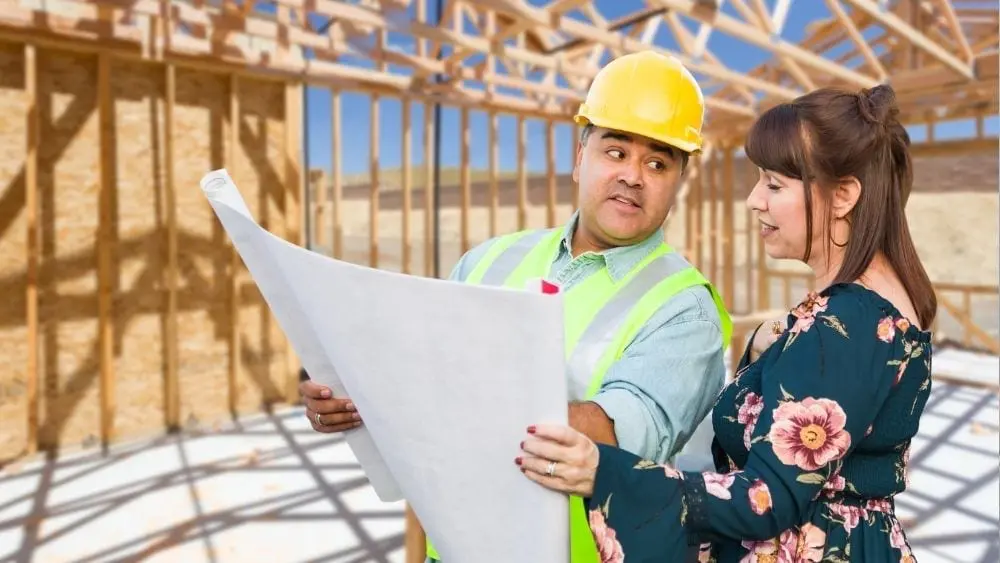
You should select a builder that you trust to oversee your new home construction. By hiring a general contractor through your builder, you can also save yourself the headache and stress of hiring and firing subcontractors, filing permits, ensuring construction is up to code, and managing orders from the supplier.
A general contractor will often charge between 10 percent and 20 percent of the overall project cost, most often referred to as “cost-plus,” to manage your team of subcontractors, order materials, and oversee the construction site activities.
Permits and Paperwork
Montana does not require a building permit for a single-family dwelling; however, most cities and towns in the state do require a local building permit for residential construction. So be sure to check with the municipal government where you plan to build for any permit regulations and fees.
The general contractor overseeing your new-home build can also advise the best course for filing the appropriate materials on schedule.
Site Preparation
Site preparation typically includes any physical alterations made to the land in order to build, as well as connections from the lot to water, sewer, and electrical power. Especially for lots in the mountainous regions or rolling countryside that are away from city infrastructure, the cost of site preparation will likely be greater than it would be in the case of a house-ready lot in an already-developed neighborhood.
If you have the perfect plot of land picked out but it still requires considerable work to become build-ready, aim to budget at least $50,000 for land alterations. Your builder can provide a more accurate estimate after your design plans are drawn up and the lot is purchased.
Establishing connections to power, water, and sewer systems may cost anywhere between $3,000 and $40,000, depending on your location and proximity to city or county lines. Consult with your builder and local municipality to learn more about available connections in your area and the process to apply for any required permits to start service to your property.
Foundation
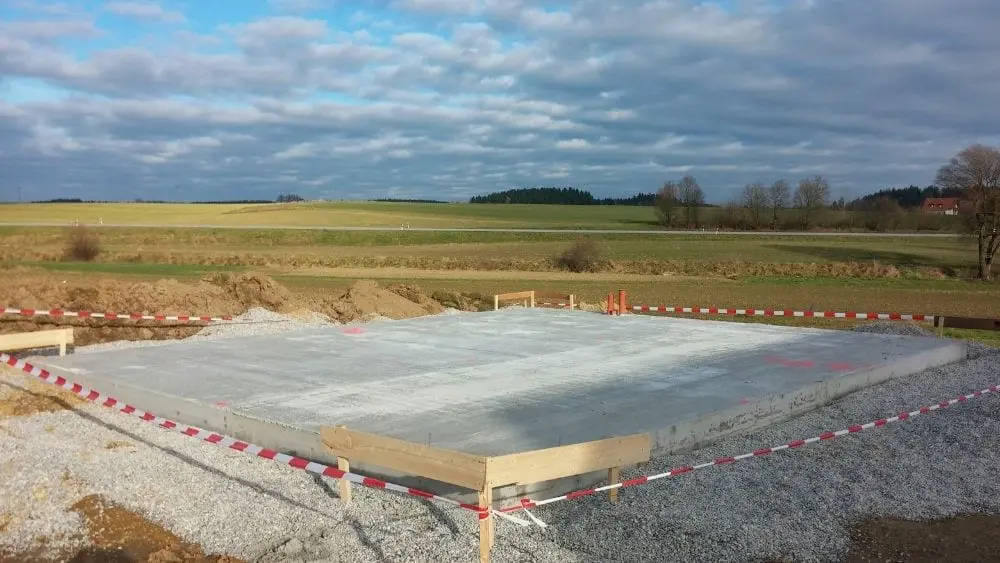
In Montana, new homes typically have a slab-on-grade, crawlspace, or basement foundation. You can work with your builder to choose that design that fits your needs and preferences. The cost to build a foundation in Montana is similar to the U.S. average.
Framing
Building the home’s frame is typically the largest expense in the construction budget. Once the foundation is laid and the materials are delivered, your building will frame up your new residence and give it three dimensions. The cost to frame a home in Montana is within the range of the U.S. average cost to frame a house.
Roof
A new roof on your home is critical to its safety and structure. Depending on the size, shape, style, and materials of the roof, the cost to install a new roof in Montana is between $3,000 and $21,000. Generally, an asphalt shingle roof is the most common option and typically lands on the lower end of the cost expectancy. The fancier you get with the materials, such as Spanish tiles or textured cedar, the bigger the price tag.
Major Systems
After the structure is complete, it’s time to wire the home. You or your builder should hire a skilled electrician to install the power connections in the house and ensure that everything is up to code. Permits from the city or local municipality may be required based on your location. The cost to hire an electrician will depend on the home’s location, design, and the number of outlets desired.
Rough-in plumbing is the next step to getting your home up and running. The installation cost will depend on the home’s design, location, and the number of sinks, showers, toilets, and laundry hookups.
Depending on your location, the installation of an HVAC system or furnace may be critical. Especially in the snowy winter months, you don’t want to be caught without heat. The average price of a 3-ton HVAC system in Montana is approximately $8,500, which is within range of the U.S. average of between $1,500 and $13,000 for the unit and installation. Additionally, be sure the home’s exterior siding and structure is sealed well to prevent any escape of warm or cold air.
Finishing Features and Appliance Installation
Once the home is properly framed and drywalled, and the roof has been added, it’s time to begin the extra fun part. You get to choose all of the finishing touches that will make this new place all your own. You’ll select the kitchen backsplash, cabinetry, and flooring designs. Don’t forget to budget for appliances such as the fridge, washer, dryer, dishwasher, and others. Additionally, you should budget for landscaping, garage construction, and paving of the driveway, if desired.
Tips for Building a House in Montana
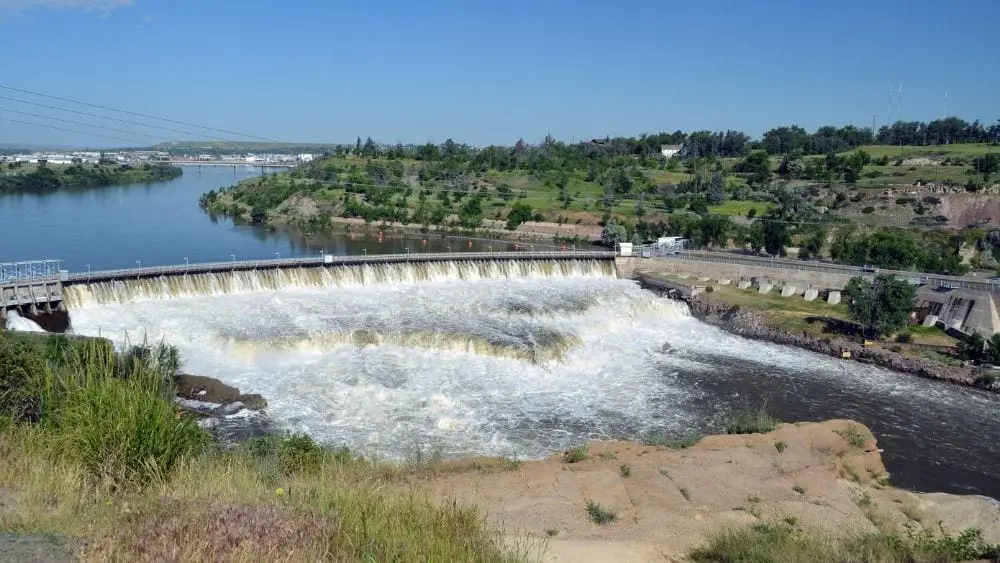
Finally, the following are a couple of other key factors to consider when building your dream Montana home.
Climate Considerations
Montana’s geography can be viewed as two general regions with similar characteristics and climates. The central and eastern parts of the state make up a decent portion of the Northern Great Plains while the western portion is much more mountainous.
In the central and eastern regions, residents experience mostly warm summers and cold winters. In the western mountains, the higher altitudes mean a drop in temperature, causing very snowy winters and cool summers. These conditions are perfect for snow sports and leisure activities during the winter.
Prospective Montana residents should be aware of various natural disasters common to the state, such as wildfires and flooding. But the state also experiences winter storms, thunderstorms, extreme heat and drought, earthquakes, landslides, and even tornadoes.
Almost a third of Montana homes are at risk of wildfire, with more than half of the state’s population living in an area with an elevated risk of wildfires. If you are building a home in an area with an elevated wildfire risk, then you should take the necessary precautions to mitigate potential wildfires by using fire-resistant building materials.
Additionally, regular maintenance of the lawn and landscaping is critical to the safety of the home. Remove any dried tree limbs, dead leaves, and easily flammable or combustible items from the home and yard that could easily catch fire in the event of such a disaster.
In areas prone to tornadoes and earthquakes, homes should be designed with a place for safe shelter in mind. Consider including a room without windows or the installation of a storm shelter for emergencies.
Closing Cost Incentives
Most states and some regional municipalities offer some form of closing cost incentives for new and repeat homebuyers, and Montana is no exception. Reach out to the local and state housing authorities to learn about existing closing cost and down payment assistance and other financial incentives to see if you qualify.
Build Your New Montana Home
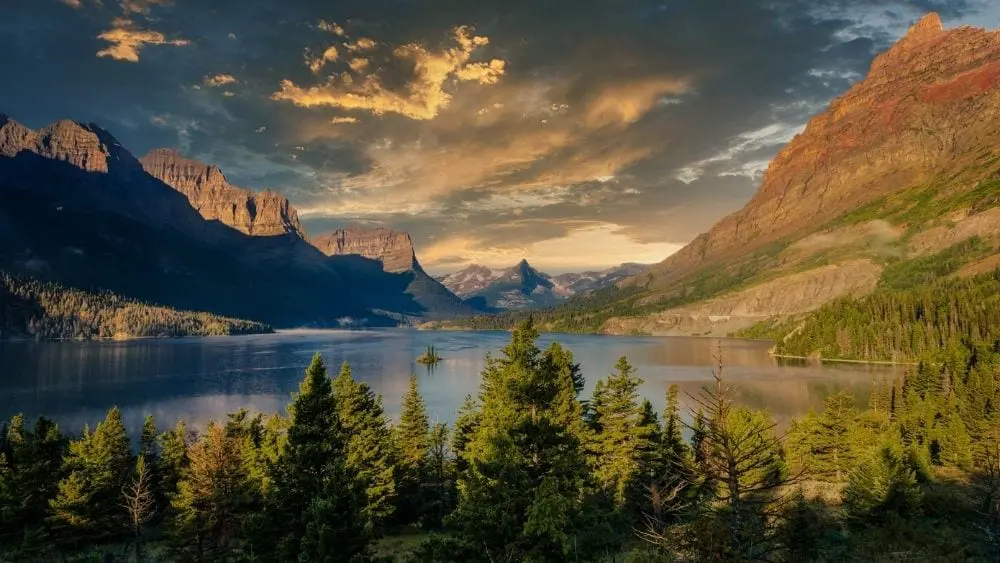
As more prospective homebuyers consider the benefits of moving to Big Sky Country, the state continues to grow and thrive. Whether you live in a fast-paced city or slow down a bit in a countryside home, you’ll find a welcoming community in the warm hospitality of friends and neighbors. Wide-open spaces and starry nights will leave you just as enchanted with your surroundings as you are with your new Montana home.

Melanie Theriault is a writer, counselor, and lifelong learner. She holds a B.A. in Sociology from Southwestern University, where she discovered her passion for fostering human connection through storytelling.
 The 4 Best Places to Live in Minnesota
The 4 Best Places to Live in Minnesota